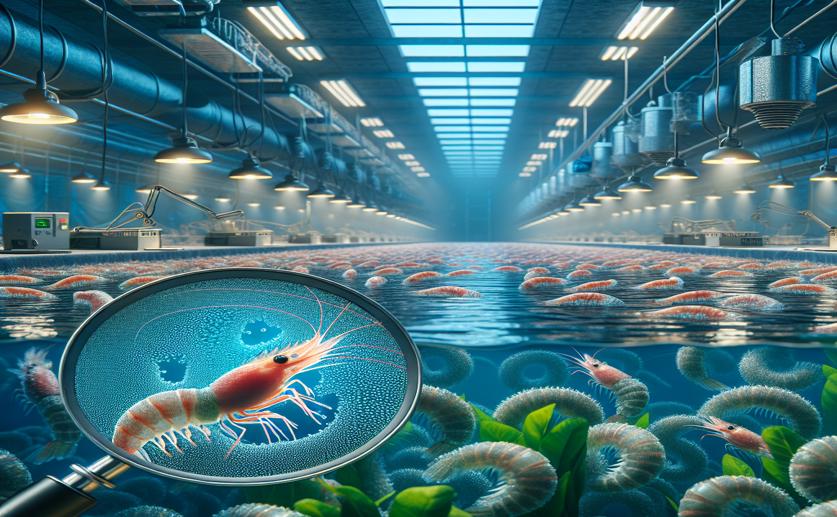
Exploring the Gut Bacteria of Farmed Shrimp in Indoor Facilities
Jim Crocker
22nd February, 2024

Image Source: Natural Science News, 2024
References
Main Study
1) Profile of the gut microbiota of Pacific white shrimp under industrial indoor farming system.
Published 20th February, 2024
https://doi.org/10.1007/s00253-024-13046-0
Related Studies
2) Metagenomics in bioflocs and their effects on gut microbiome and immune responses in Pacific white shrimp.
3) Environmental Water and Sediment Microbial Communities Shape Intestine Microbiota for Host Health: The Central Dogma in an Anthropogenic Aquaculture Ecosystem.
4) Understanding the role of the shrimp gut microbiome in health and disease.



 18th February, 2024 | David Palenski
18th February, 2024 | David Palenski